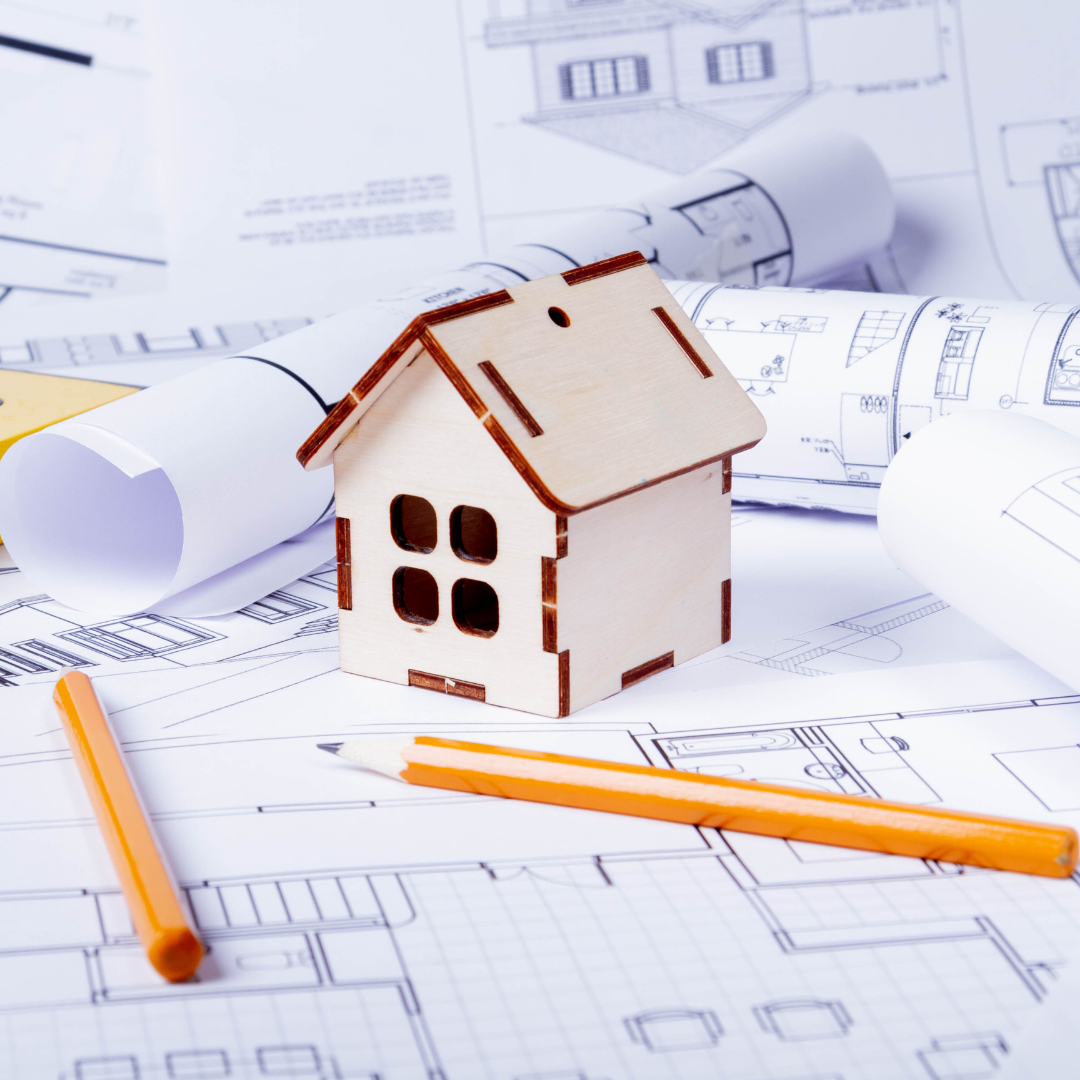The Benefits of Contiguous Piling in Modern Home Construction
You wouldn’t build a house on a shaky ground, would you? That’s why getting the foundation right is so crucial. One of the most reliable methods in modern home construction is contiguous piling. Now, you might be thinking, “What on earth is contiguous piling?” Don’t worry, we’re about to dive into this topic and explore why it’s so beneficial for building your dream home.
What is Contiguous Piling?
First things first, let’s break down what contiguous piling actually is. In simple terms, contiguous piling involves drilling piles (long columns) close to each other, so they form a continuous wall. The idea is to create a solid and stable barrier that can support the structure and prevent soil from collapsing into the excavation area.
Why Choose Contiguous Piling?
So, why should you consider contiguous piling for your home construction? Here are some compelling reasons:
1. Stability and Strength
Contiguous piling provides excellent stability and strength, which is essential for any construction project. The closely spaced piles form a robust wall that can bear heavy loads and withstand external pressures. This makes it an ideal choice for supporting the weight of a building and ensuring its longevity.
2. Versatility
One of the great things about contiguous piling is its versatility. It can be used in a variety of ground conditions, including soft clay, loose sand, and even rocky soil. This means that no matter where you’re planning to build your home, contiguous piling can offer a reliable foundation solution.
3. Cost-Effective
Building a house is a significant investment, and managing costs is always a priority. Contiguous piling is a cost-effective option because it uses fewer materials and less labour compared to other foundation methods.
4. Minimised Disruption
If your construction site is in a built-up area or close to other properties, minimising disruption is crucial. Contiguous piling is less noisy and generates less vibration compared to traditional piling methods. This makes it a more neighbour-friendly option, reducing complaints and potential conflicts.
The Process of Contiguous Piling
Now that we’ve covered why contiguous piling is beneficial, let’s take a closer look at the process itself.
1. Site Investigation
Before any piling begins, a thorough site investigation is conducted. This involves analysing the soil conditions, groundwater levels, and any potential obstacles. The data gathered during this phase helps engineers design the most effective piling solution for the site.
2. Pile Installation
Once the site investigation is complete, the pile installation begins. A specialised rig is used to drill holes into the ground at regular intervals. The depth and diameter of the piles depend on the specific requirements of the project.
3. Reinforcement and Concreting
After the holes are drilled, steel reinforcement cages are placed inside. These cages provide additional strength and stability to the piles. Once the reinforcement is in place, concrete is poured into the holes to form the piles.
4. Finishing Touches
Finally, the tops of the piles are trimmed to the desired level, and any necessary finishing touches are made. The result is a solid and continuous wall of piles ready to support the construction of your home.
Advantages of Contiguous Piling Over Other Methods
Comparing contiguous piling with other foundation methods can highlight its unique advantages.
1. Reduced Excavation
Unlike some foundation methods that require extensive excavation, contiguous piling involves minimal digging. This is particularly beneficial in areas with restricted access or where large-scale excavation isn’t feasible.
2. Environmental Impact
Contiguous piling has a lower environmental impact compared to other methods. The reduced need for excavation means less soil is disturbed, and there’s a lower risk of soil erosion. Additionally, the use of concrete piles can be more sustainable if recycled materials are used in the mix.
3. Speed of Construction
Time is money in construction, and contiguous piling can speed up the process significantly. The installation of piles is relatively quick, allowing other construction activities to commence sooner. This can lead to faster project completion and reduced overall costs.
When to Consider Contiguous Piling
Contiguous piling is not a one-size-fits-all solution, but there are specific scenarios where it shines.
1. Urban Construction
In urban areas, space is often limited, and construction can be challenging. Contiguous piling is ideal for these settings because it requires less space and causes minimal disruption to neighbouring properties.
2. Basements and Underground Structures
If your home design includes a basement or other underground structures, contiguous piling provides excellent support and prevents soil from collapsing into the excavation area.
3. Sloping Sites
Building on a slope presents unique challenges, and contiguous piling can offer the stability needed to safely construct on uneven terrain.
Final Thoughts
Choosing the right foundation method is crucial for the success of your construction project. Contiguous piling offers a range of benefits, from stability and strength to cost-effectiveness and versatility.


